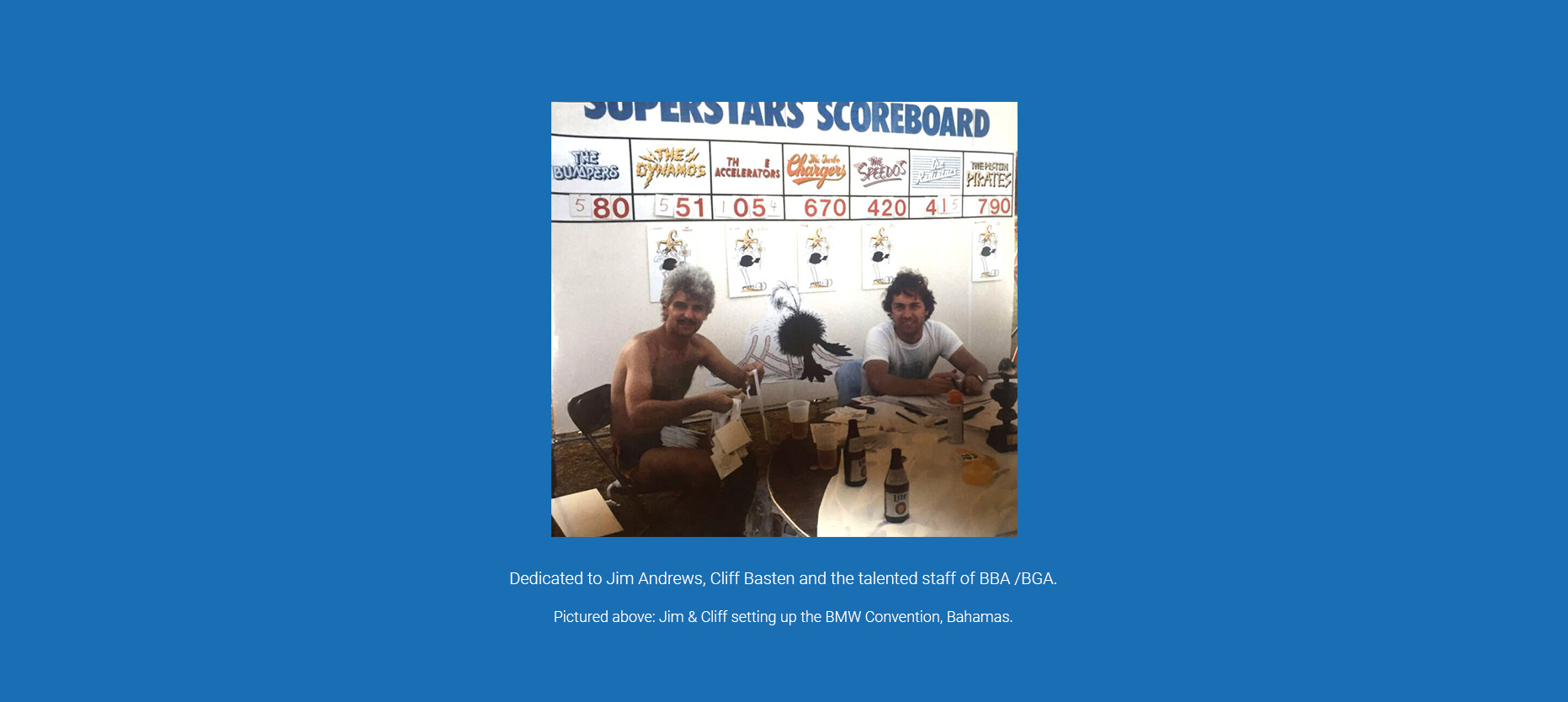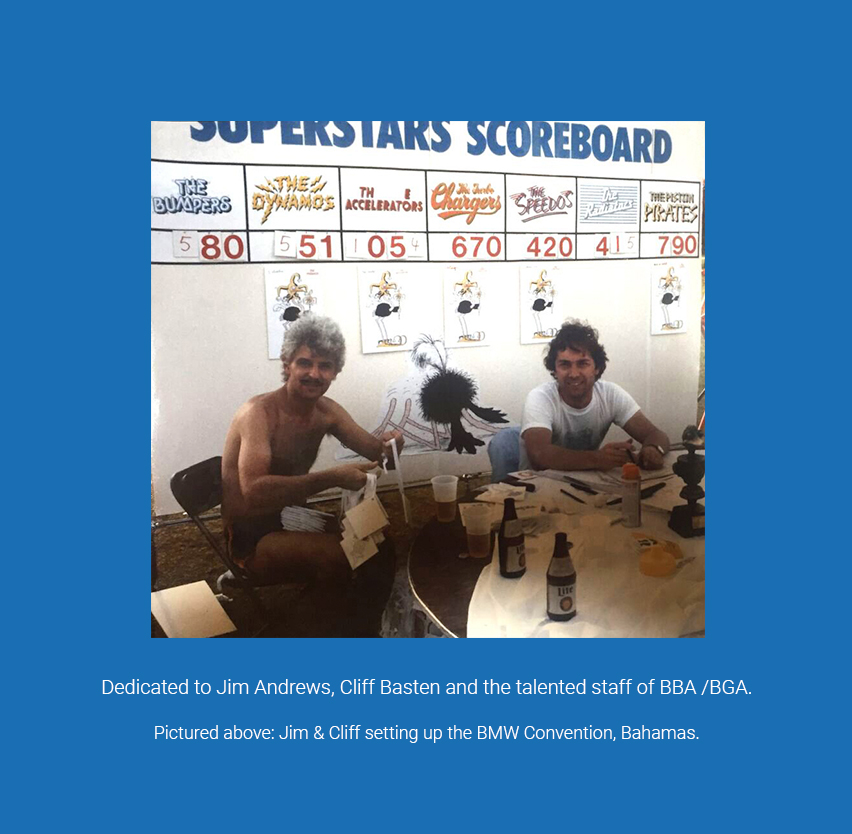
From the archives
The BMW Story
In the late seventies, a revolution in car marketing began. A revolution that would change the character of the automobile industry forever. For most people, the notion of owning a luxurious, exclusive motorcar was a pipe dream. Sales of luxury vehicles during this period represented a tiny percentage of the total market. Also, the potential of the whole car retail experience, as we know it today had yet to be realised.
BMW in the late 70's
At the time, BMW was little known but unique, a passion for those in the know who had a taste for sporty cars, a preoccupation, best exemplified by models like the 2002 Turbo and the aluminium-bodied CSL. A small manufacturer of exclusive cars whose unit margins were relatively high but with volume sales in the UK so low that only a few dealers could afford to think about investment in the growth of the marque.
For those, the rewards were proving to be good but many cars were sold through dealers whose first loyalty might be British Leyland or some other higher-volume manufacturer, or from a used car forecourt, the BMW opportunity being almost a windfall hobby.
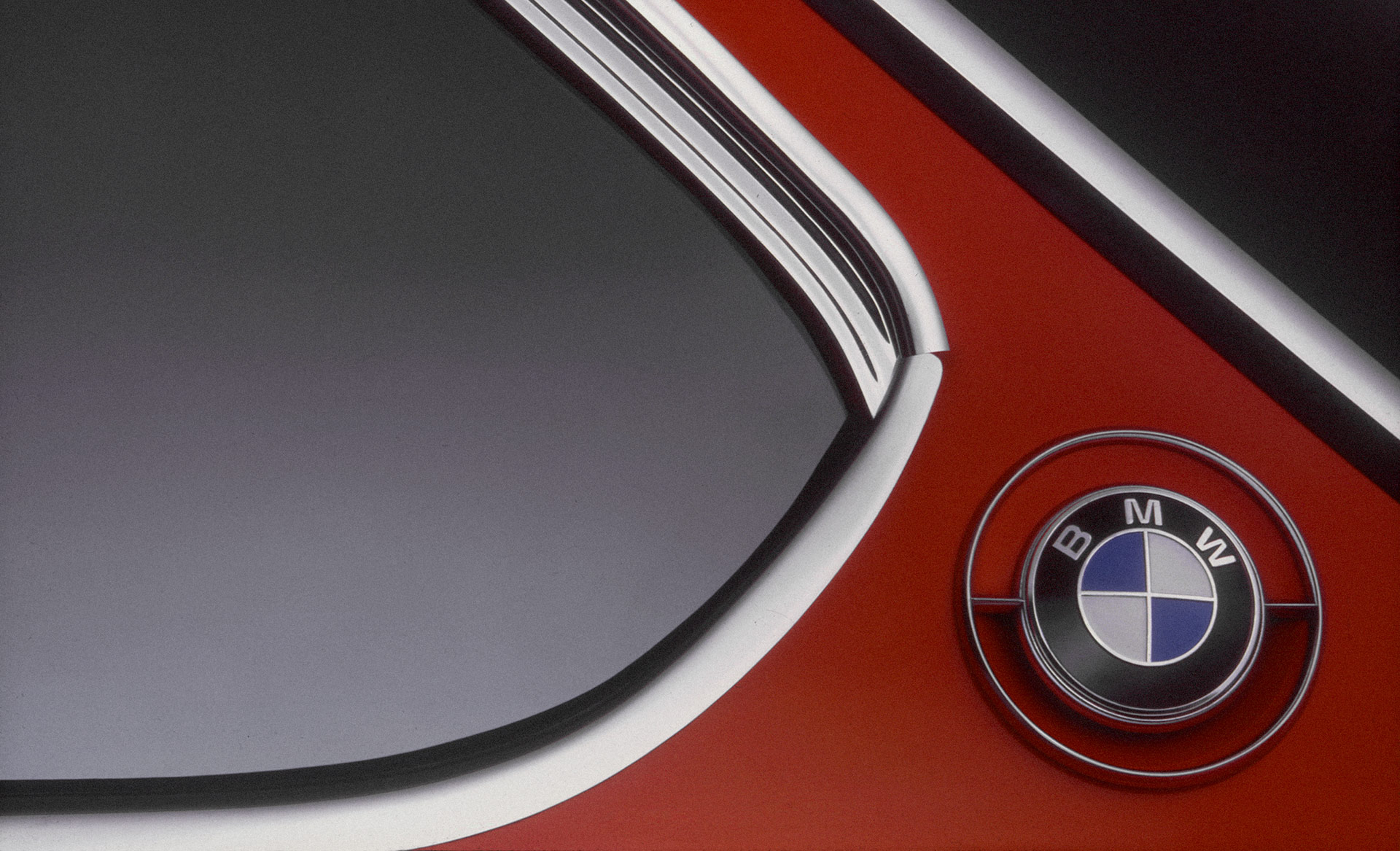
The Future
BMW had a vision to transform, a determination to grow and to consolidate its’ position, investing and growing the market. In the UK, the first step involved establishing a wholly-owned German subsidiary, managed by a UK team based in a new purpose-built headquarters.
For the dealers, particularly the few who were enjoying a good livelihood, the thought of a German influence was viewed with much caution. It was at this sensitive time that the founding partners of Band, Jim Andrews and Cliff Basten, started to provide communication support to BMW.
The work that eventually emanated from that early contract took them far beyond the original remit. Into a place which, in collaboration with the team at BMW, truly revolutionised car retailing and marketing.

A Break with Convention
The first step was to manage a dealer convention which would set the stage for a positive future. Consolidate the dealer relationships; reassure the network about the intentions of the new company. This was the initial brief, the fulfilment of which took place in the Bahamas set the company on a journey which would help secure BMW’s emergence as a pioneering premier brand.
Next began a process of putting in place what would be needed to build a robust and sustainable presence. The early work concerned creating and implementing strategies that would shape the BMW brand, as we now know it, simultaneously changing the face of automotive retailing forever.
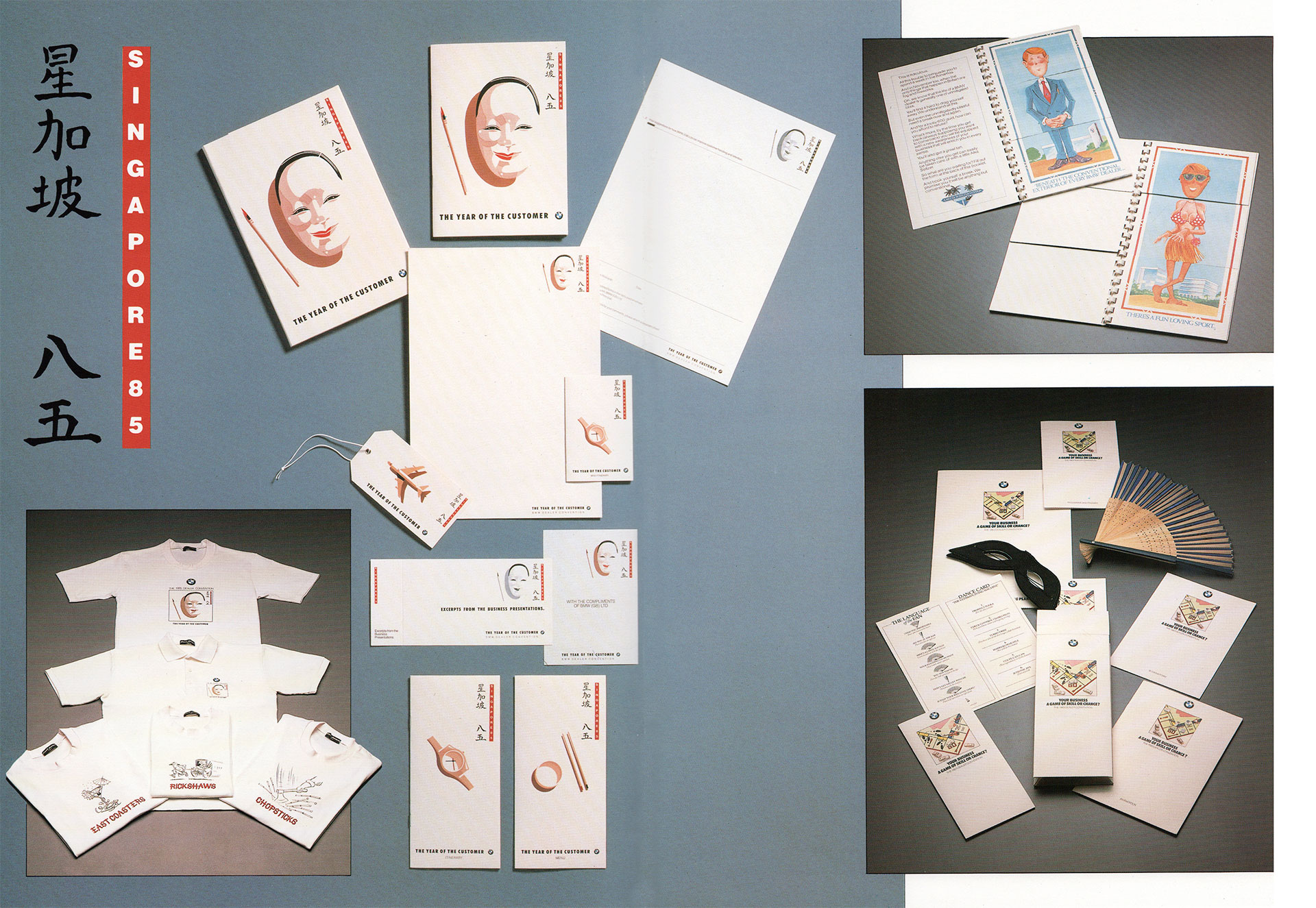
How do we put the centre of gravity theory to the test?
Simple - promote the most exclusive, expensive and unattainable cars through exotic super-real communication, introduce a reasonably priced lower end entry model, an easier entry point into the hugely exclusive world of BMW. Develop technological palaces to the motorcar. Showroom environments the like of which had not yet been seen before, where the display cars are separated from customer contact areas, where the vehicles appear to be passing each other, on black, shiny, clean road like surfaces. And customers sit in relaxed, peaceful, softly furnished areas.
This was the birth of true dealer corporate identity. Conceived in Germany, but, with the speed required to capture the growing market opportunity, not fast enough or thought through enough to be able to answer the multitude of questions that needed to be answered on the way to creating a cohesive and consistent brand. To create greater traction, the UK BMW team decided to absorb themselves in the ethos and collaboratively move the project forward themselves.
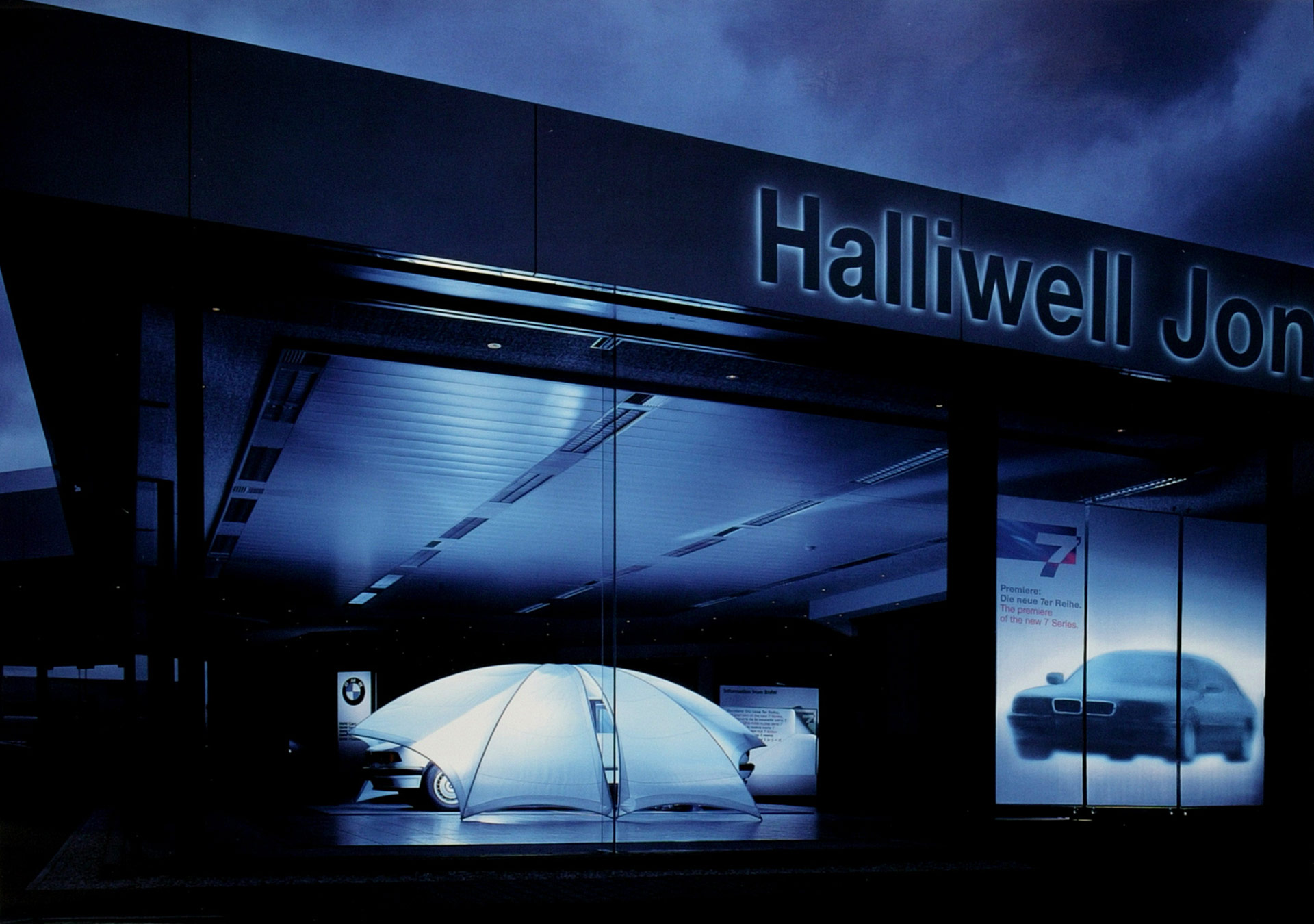
A fresh look at how a dealership could generate higher income and command greater loyalty
Back then, it’s fair to say that dealers didn’t have to sell BMW’s, people came with bags of money hoping that a dealer might just let them purchase one. And, the idea of taking your old car in part exchange in return for a more expensive BMW, or financing such a rare beast was frowned upon. Clearly, this attitude was a barrier to future growth. Also, dealers were missing the potential reward inherent in properly trading the part exchange vehicle. Therefore the most significant initial work that was undertaken focussed upon re-evaluating the dealership business model.
Moving to an approach to deliver revenues across several strands of potential which were not being fully exploited. These were new car revenues, used car revenues, the parts and service business, financing of new and used vehicles and warranty programmes. With the potential of selling into both individuals and businesses. A virtuous cycle, which could deliver greater rewards for all concerned.
And, because much of the rationale for the approach was wrapped up in brand, an argument that would help persuade the more cynical dealers to transform their premises into the new identity.



BMW Approved Used Cars
First in line was the creation of a comprehensive used car programme, which they named BMW Approved Used Cars. A corporate identity was developed and a range of communication support material was rolled out. This was launched to the dealer network in 1981 and was the most comprehensive programme ever, designed to help dealers maximise used car opportunities, properly appraise and value a vehicle, put it through a 24 point check, and, once purchased, renovate where necessary, valet and then provide the most advanced and comprehensive breakdown service which, also included medical assistance, together with the countries best parts and warranty. In fact the best roadside service available - BMW Emergency Service. This was the BMW Approved Used Cars programme. Another milestone that was quickly copied by others.
Through this strategy, the BMW dealer network had significant control of the used BMW market, helping preserve higher residual values and encouraging greater brand loyalty. A strategy that helped to achieve a constant 75% customer loyalty.
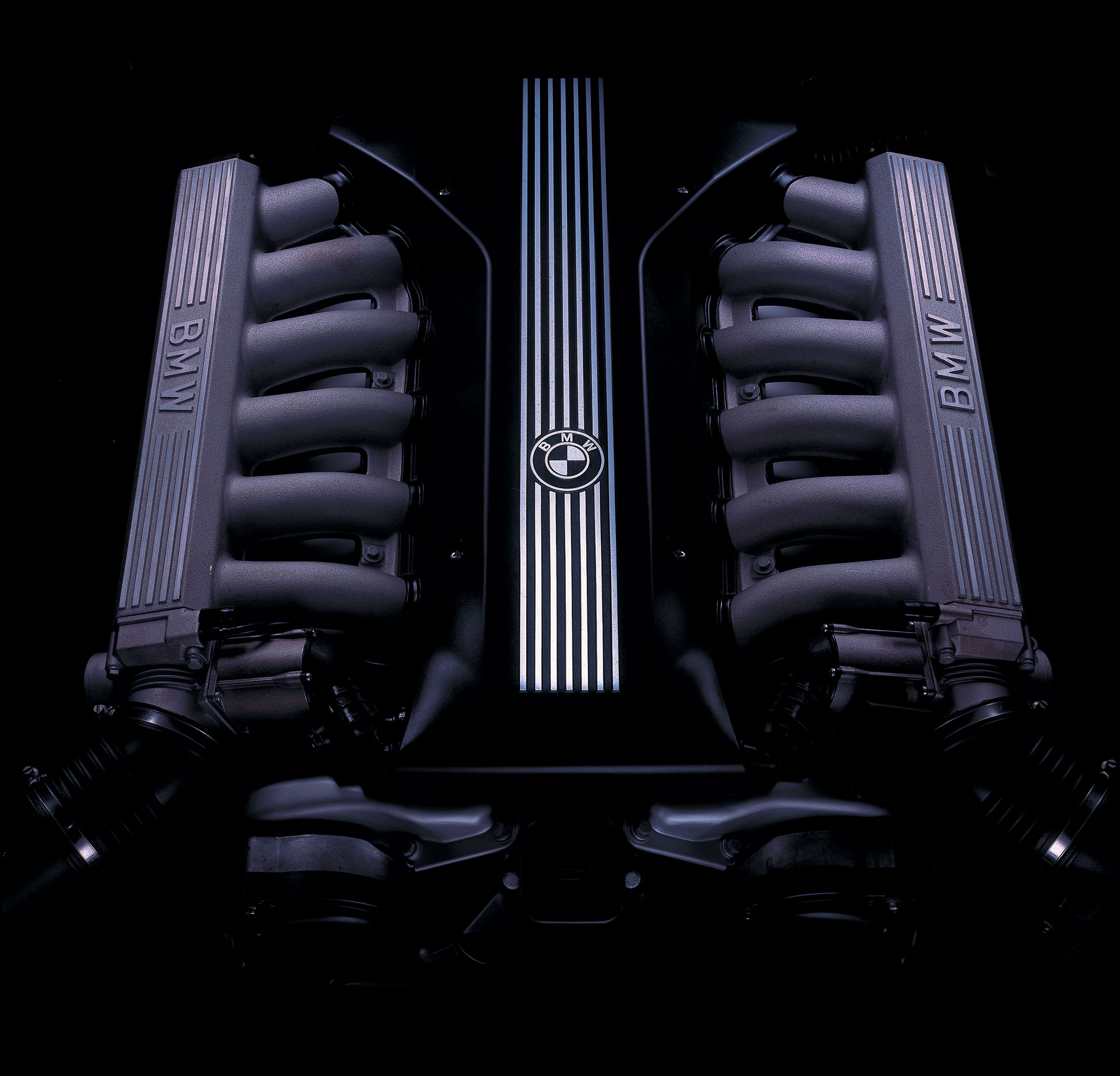


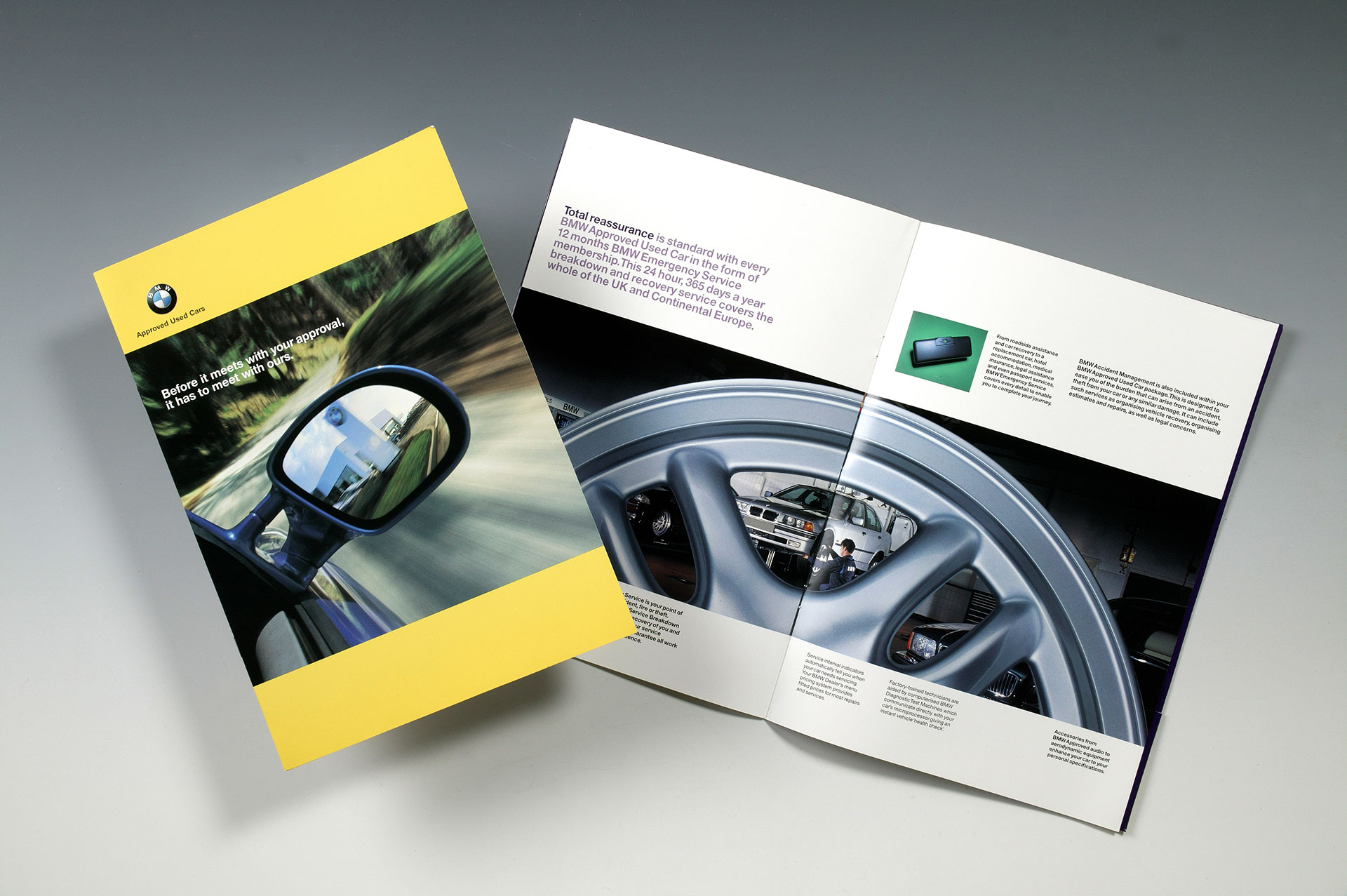

BMW Finance
Simultaneously, the team was exploring potential business partners to look at revolutionising the way that cars could be financed and how dealers might participate in the potential profits. The primary aim was to make it easier for potential new prospects to become members of the BMW family. And in 1981, along with a new corporate identity and a range of literature, BMW Finance was launched, providing one of the most sophisticated car purchase and leasing programmes to be offered into the car market.
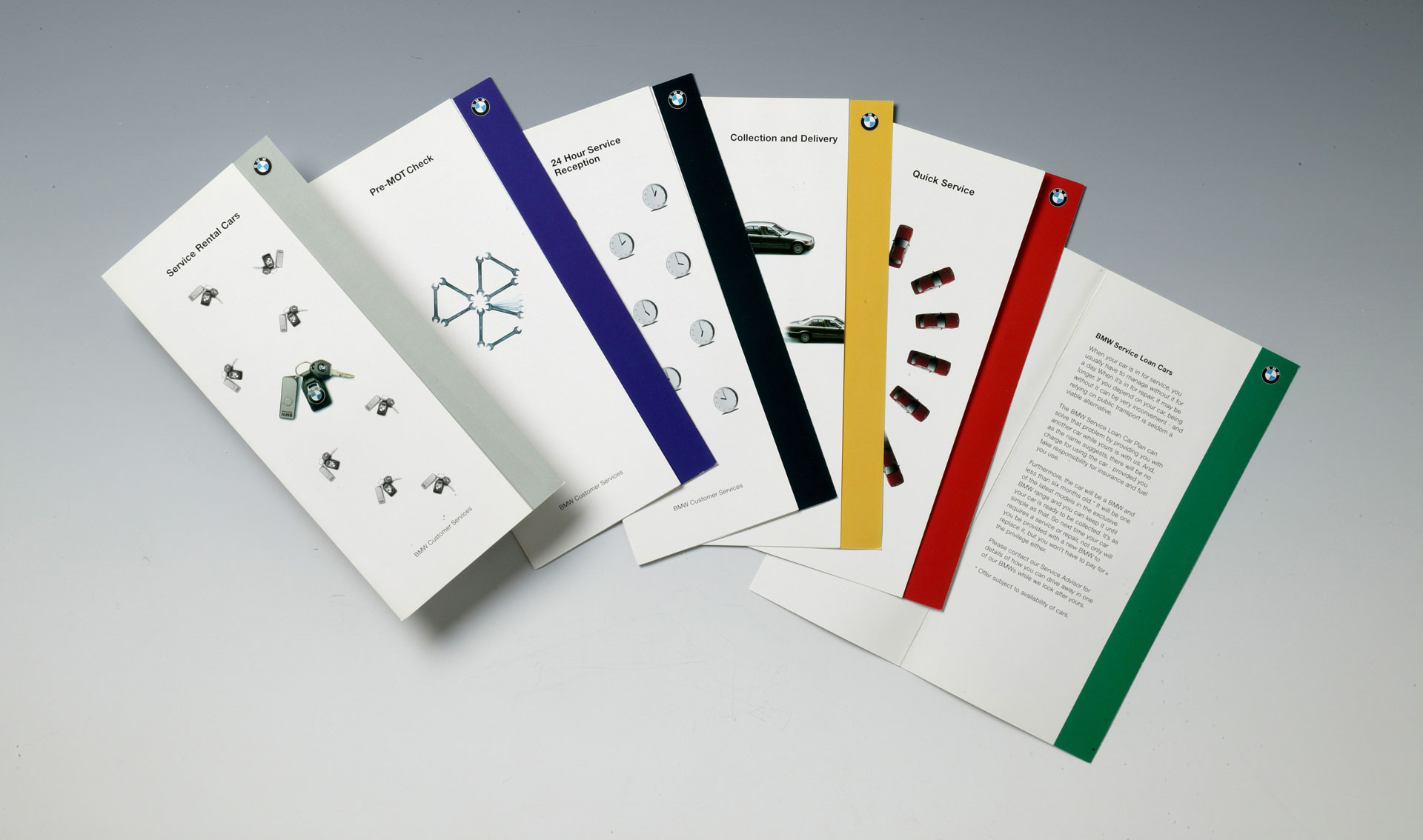
After-Sales and Service - A necessary evil becomes a major revenue earner
For most of the dealer network, providing service, parts, and accessories was operated on a totally reactive basis. Service managers did not conceive of themselves as sharing in the success of the profitability of the dealership. This attitude needed to change. From reactive to proactive, supported by all the necessary tools to help support growth, including training programmes for dealer principles and staff and a comprehensive programme of ready-made marketing support including dealer education on customer relationship, advertising, direct mail, and PR. Dealer marketing tailored to suit 157 different local dealer needs centrally produced, consistent with the new brand positioning.
During this period, dealers were producing their own communications materials. The result being numerous, inconsistent interpretations of the brand. To overcome this, a fail-safe system was created that allowed dealers to provide the production team with photographs of their dealerships, to the quality required for reproduction, as well as information about themselves, which was then used to create, copy, and centrally produce a brochure, unique to each dealer but consistent to the brand.
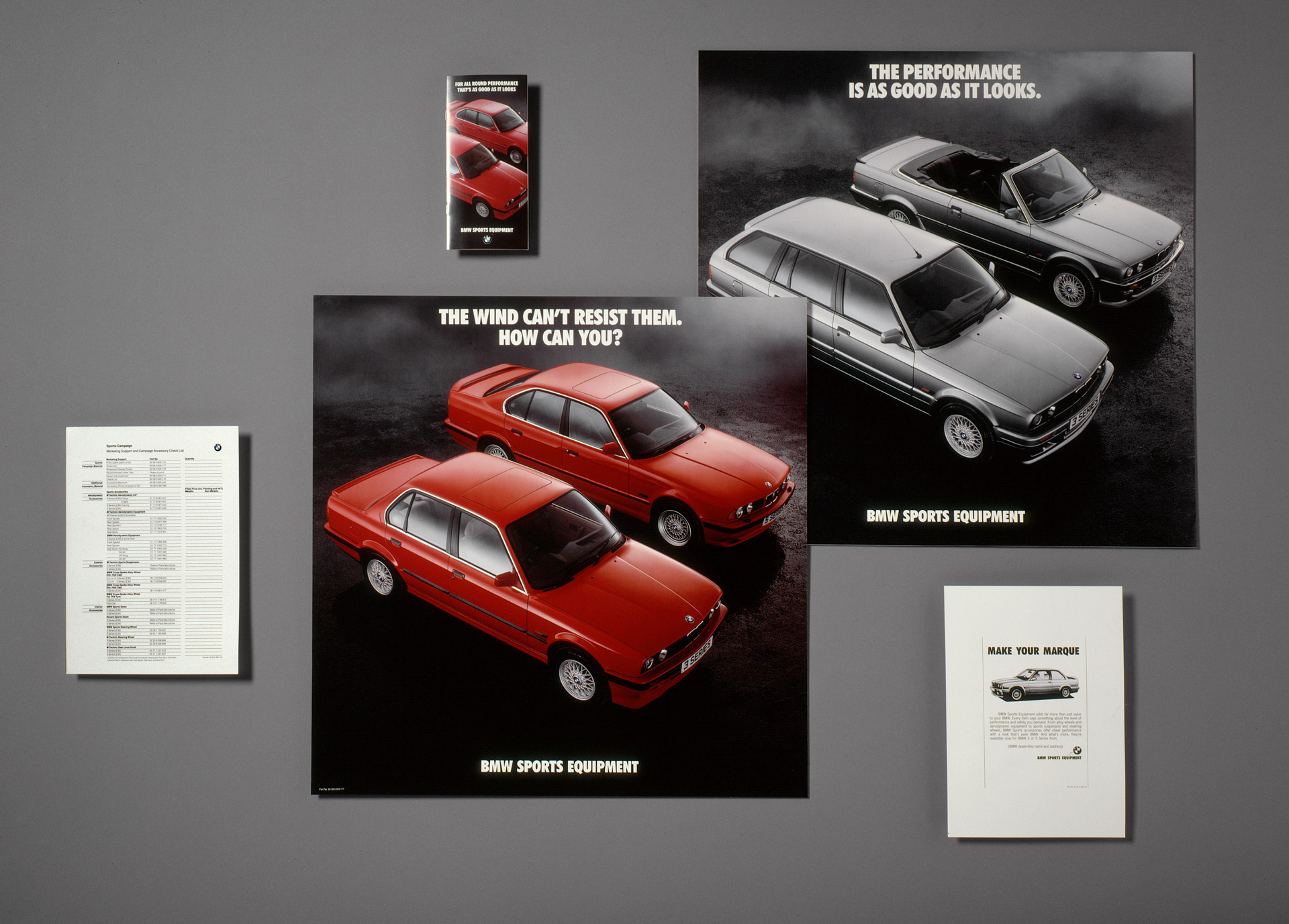
Creating the communication positioning for new models
Collaborating with WCRS, they were instrumental in the model positioning and communication of many new BMW introductions including the 3 Series, 5 Series, 6 Series, 7 Series, 8 Series, Motorsport variants, Z cars, and the X5. Launch events and materials including video training, direct mail, competitive market analysis, point of sale support, new brochures, and press launch information together with dealer launch planning and event support for individual dealer launch events.


Living the brand. The role of the dealer in fulfilling the promise and delivering the magic
Part of the drive to consolidate the brand required dealers to thoroughly understand the power of brands, what is a brand? How does it impact on the business? How is it created? What role does the dealer play in supporting this?
Over a two year period, Jim Andrews, Robin Wight of WCRS and the CEO of BMW facilitated groups of dealer principals, off-site, absorbing them in the reality of what a brand is: Product + Personality = Brand.
Within the context of the brand, the dealer is the only point that touches the customer, destroying or exceeding the promise of the BMW brand. A fundamental responsibility to delight customers and thereby secure their loyalty.
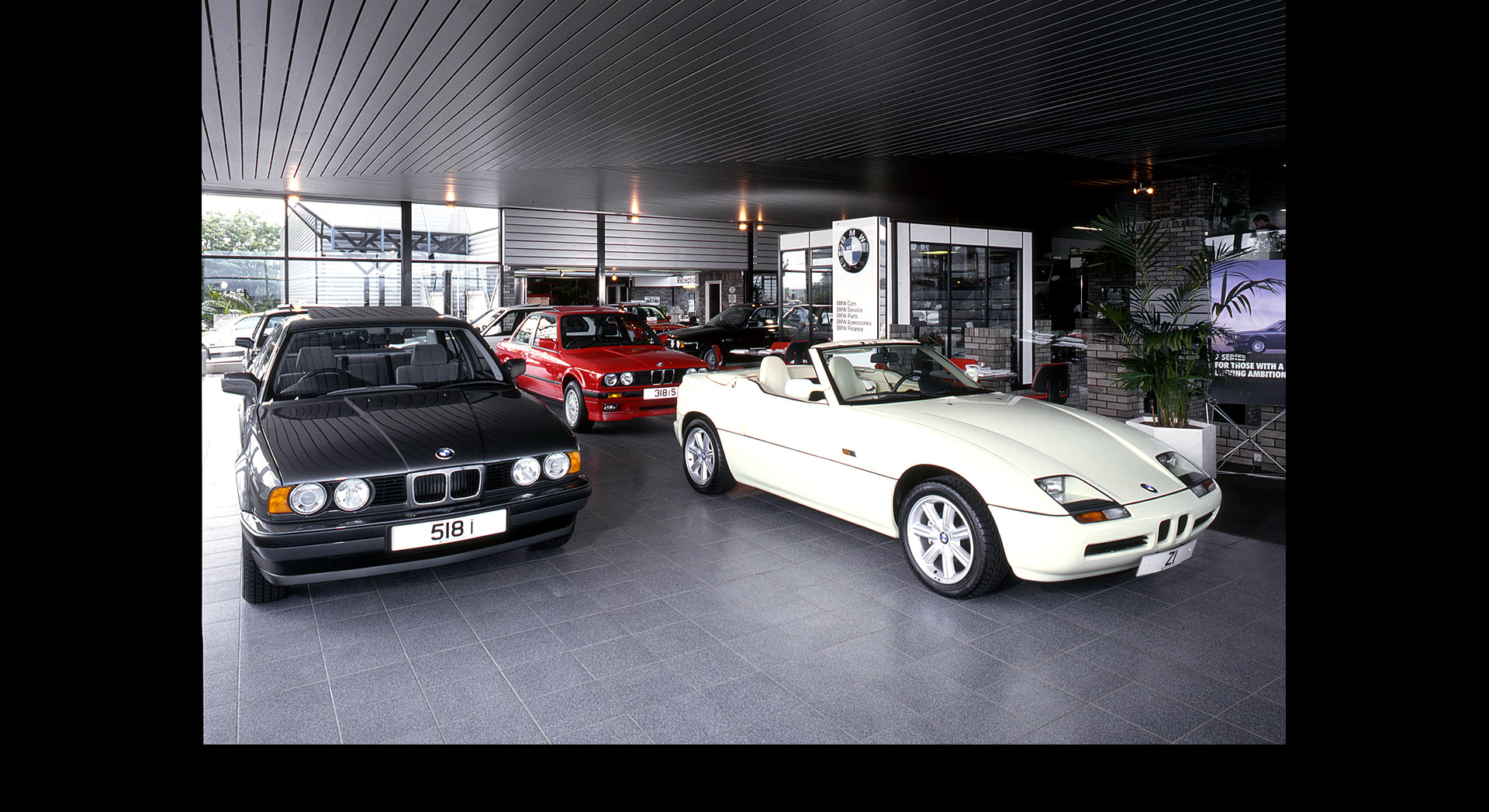
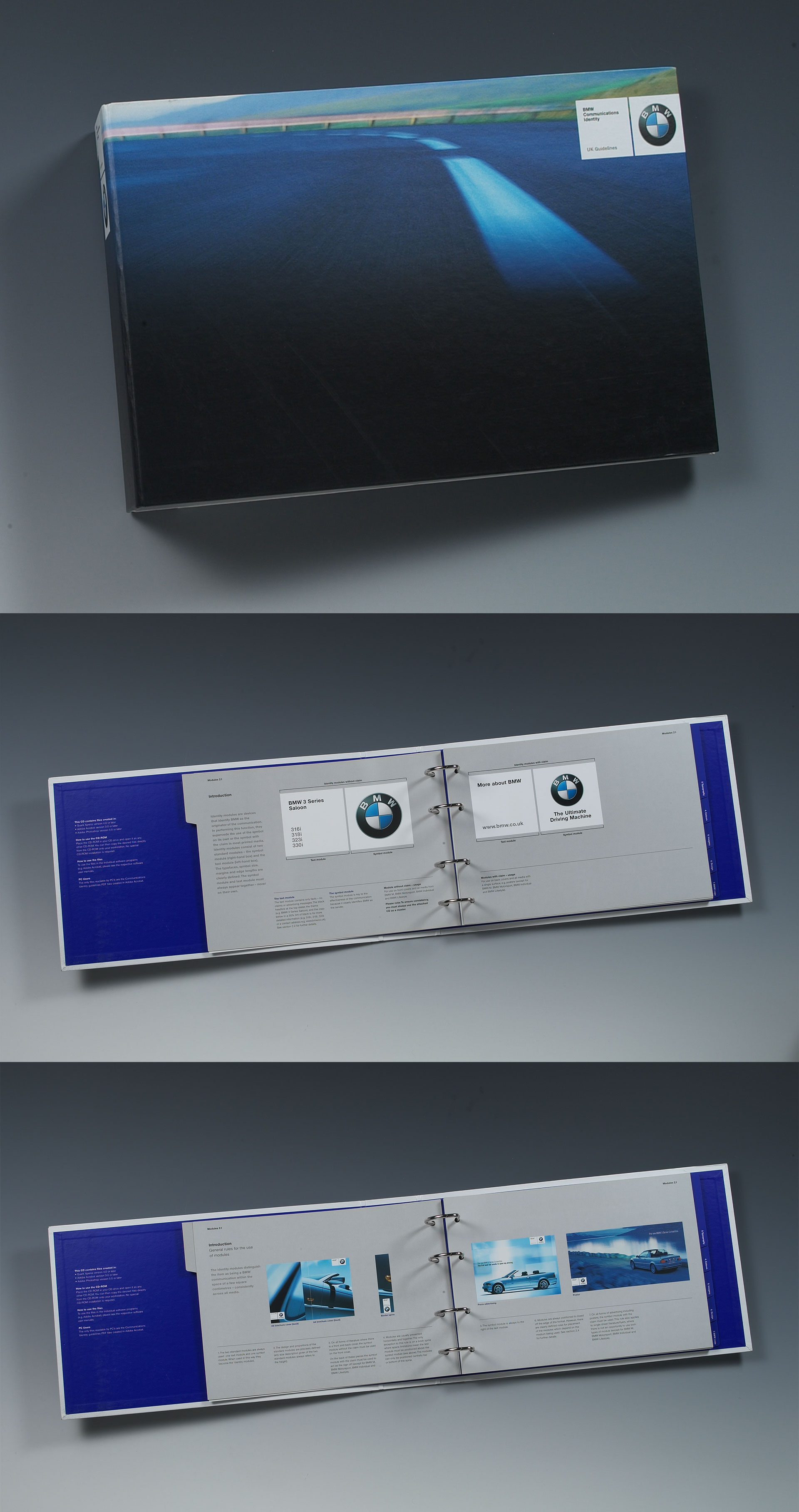
20 years consolidating and expanding the brand
Once these initial projects had been bedded in, their work then became much more proactive, providing all marketing support across a broad range of areas. Including brand guardianship and interpretation, direct mail, point of sale support, posters, model brochures, training programmes, after-sales and service support.




Support for BMW in Australia, Japan, and in Germany
Other markets, because of its success in the UK, often sought their work for BMW on brand. Indeed BMW AG used many of their ideas and often invited their team to propose solutions to their communication problems. In the first twelve years of the work, in the UK alone, BMW increased its new car sales from approximately 9,000 units to 67,000. The success of increased sales would see a lot of the early dealer franchise holders sell out to larger groups. Even today, the BMW case history speaks for itself.
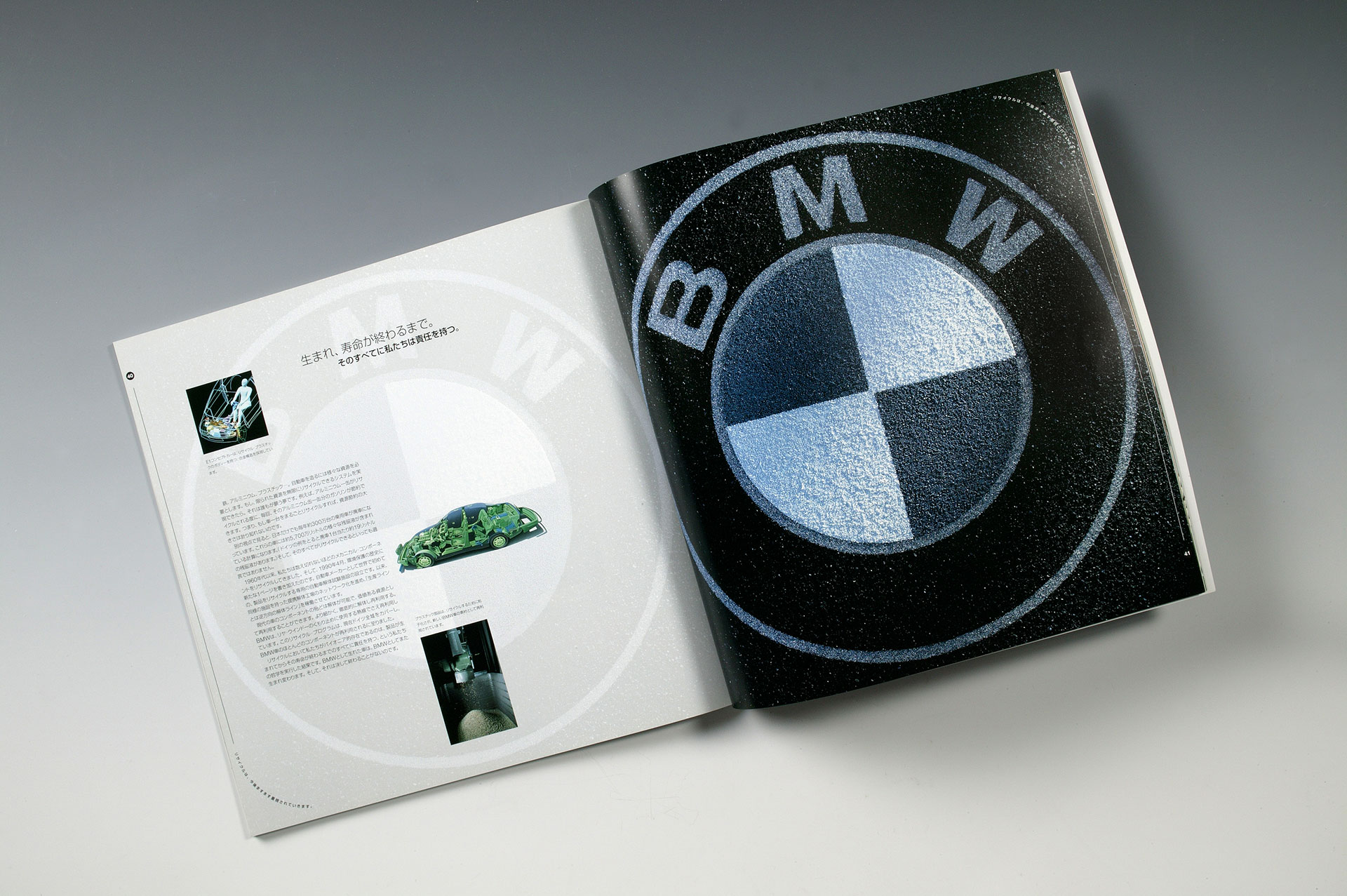

Services provided:
- Model launch merchandisers
- Showroom material
- Display stands
- Used Car Brand and communication material
- Parts Promotion and dealer events
- Communication material for BMW Service
- Literature design
- Brand Guardians (BMW GB)
- Dealer convention strategy
- Direct Mail
- Retail and showroom design
- Dealer Marketing Planners
- Product spares and accessories packaging design
- Dealer packs and brochures
